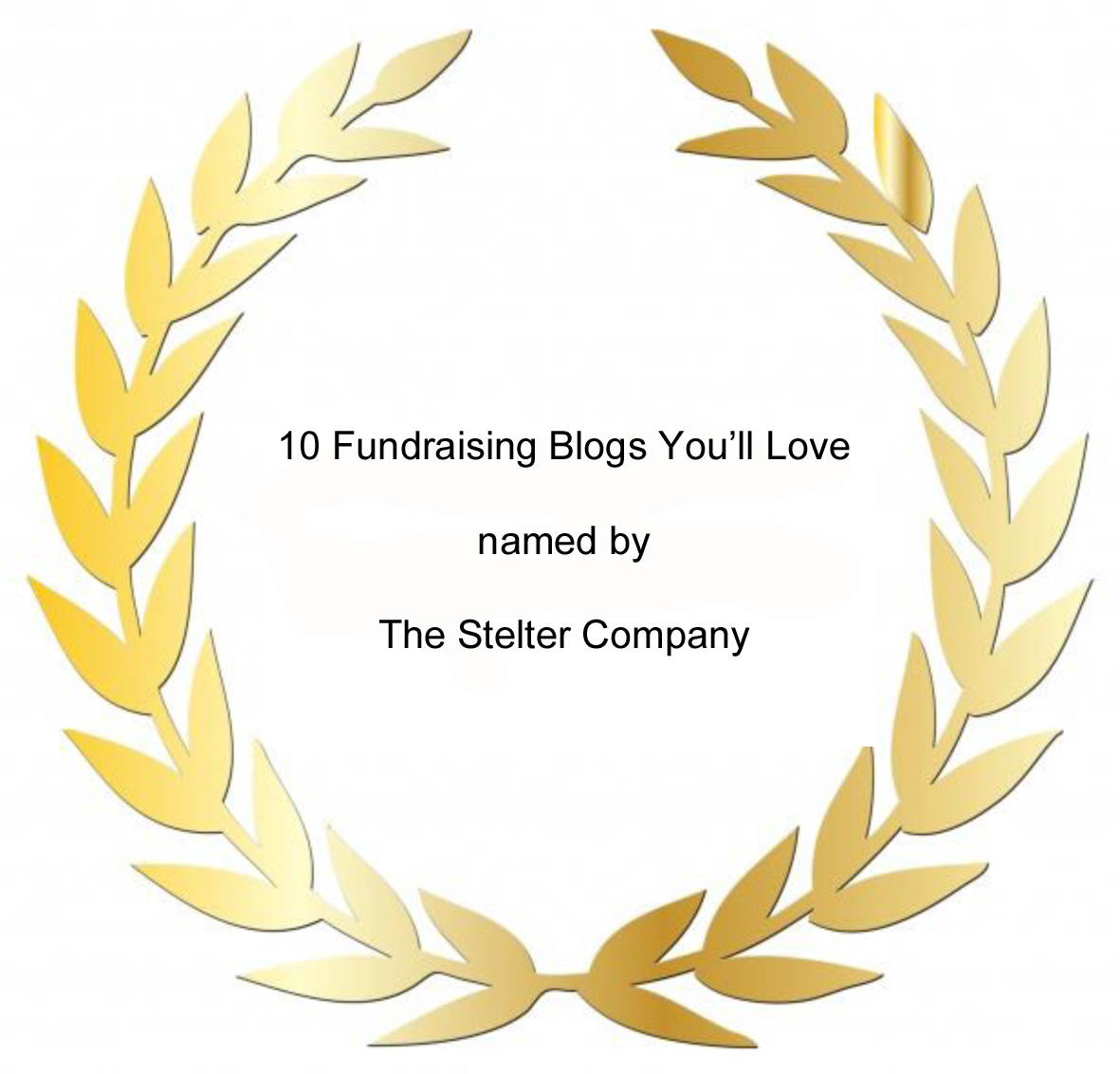“It may be that your sole purpose in life is simply to serve as a warning to others.” — Unknown
A couple of weeks ago, I shared with you the news that the Philadelphia Children’s Alliance has outperformed the fundraising efforts of the average human services organization (Giving USA 2011: Good News or More Bad News?). I even shared some insights about how PCA was able to accomplish this feat despite the recession.
In this post, I’ll be taking a different approach. I’m going to share with you information about the Foundation Fighting Blindness. Rather than serving as an example of what a nonprofit organization should do, it serves as a warning about what organizations should never do in their telephone fundraising programs and other development efforts. I also provide ten tips to help you avoid making the same mistakes as the Foundation.
I suffer from Retinitis Pigmentosa, a degenerative eye disease that will lead to my blindness by the time I reach age 72, unless a cure or treatment is discovered. The Foundation funds research about RP and macular degeneration. Because of my obvious interest in the work the Foundation funds, my wife and I have been generous financial supporters for many years. In addition, before selling my former direct response agency, I managed a successful pilot phone fundraising campaign for the Foundation many years ago.

- Photo by Brian Wright (via Flickr, BaronBrian)
Over the years, I’ve fought many battles with the Foundation. For example, it took years of effort before they would acknowledge gifts as coming from both my wife and me; for the longest time, despite my objections and both our names appearing on the checks, they insisted on only recognizing me. More recently, I was invited to a dinner-in-darkness fundraising event. I objected for reasons I won’t get into here; I requested not to be invited in the future. Guess what? A year later, I received another invitation to a similarly styled event. Last year, I received a generic telephone fundraising call. At my giving level, I was surprised to be included in the phone campaign. I had other problems with the call, made by a telephone fundraising vendor. So, I called the Foundation and was connected to a lower-level development staff member. As I told the phone fundraising caller, I again requested not to be included in future phone fundraising campaigns. I also requested a call from the Chief Development Officer or Chief Executive Officer. I also offered my services on a pro bono basis; I’m a telephone fundraising pioneer and even wrote the Foreword to the definitive book on the subject, Effective Telephone Fundraising by Stephen F. Schatz, CFRE. To my great surprise, there was zero follow-up. However, I was included in this year’s phone fundraising effort despite my request not to be!
When I received this year’s call, I saved my breath. I told the caller that I would “consider” renewing my support. By the way, the call was again generic, did not acknowledge my very generous past support, and did not recognize my many years of involvement with the Foundation. The caller, in his long monologue, did not even mention any specific research projects that would be of interest to me.
Would you like to guess what I did after I got off the phone? That’s right. I picked the phone back up and called the Foundation office and left an after-hours voice mail message. I did get to speak to a lower-level development staff person. I shared my enormous frustration with the Foundation, its failure to behave in a donor-centric fashion, and it misappropriate handling of its relationship with me. This person was savvy enough to apologize and have the Chief Development Officer contact me. Unfortunately, the CDO was defensive. Furthermore, he failed to satisfactorily acknowledge my special relationship with the Foundation, and he was completely disinterested in tapping my direct-response expertise. I think the CDO should take donor-relations lessons from the staff member I spoke with first.
The final insult came when I received my “considering” letter from the phone fundraising vendor. The letter came in a window envelope with metered postage instead of a live stamp. This is not exactly the best way to make an appeal seem personal. Furthermore, the envelope contained the screaming message, “URGENT: Your pledge confirmation is enclosed.” That’s nice, except I did not make a pledge, a point acknowledged by the letter inside; I only told the caller I would “consider” making a pledge. But, I opened the envelope anyway. It was at that point that I noticed that the letter had been misaddressed to my wife. It wasn’t addressed to me. It wasn’t addressed to my wife and me. It was addressed only to my wife! The text of the letter acknowledged that she was only “considering” support. The letter went on to say that “many studies” need funding. However, it did not cite any specific research projects, particularly any that involve my disease. It was a weak letter. It was also an ugly form letter with an attached response card. Again, not the way to make a personal appeal, especially not to a significant donor. The letter used a modest font size and a sans-serif (i.e.: Arial) typeface; knowing that a large number of the Foundation’s donors — therefore, a large number of recipients of the letter — are effected by degenerative eye disease, a larger font size should have been used along with an easier to read serif font (i.e. Times New Roman). The letter also contained at least one spelling error and one punctuation error! Finally, the letter requested a gift of “$100, $50, or $25.” Given my previous level of giving, such a request can only be described as stupid. It’s been sometime since I’ve seen a single letter commit so many sins.
read more »











